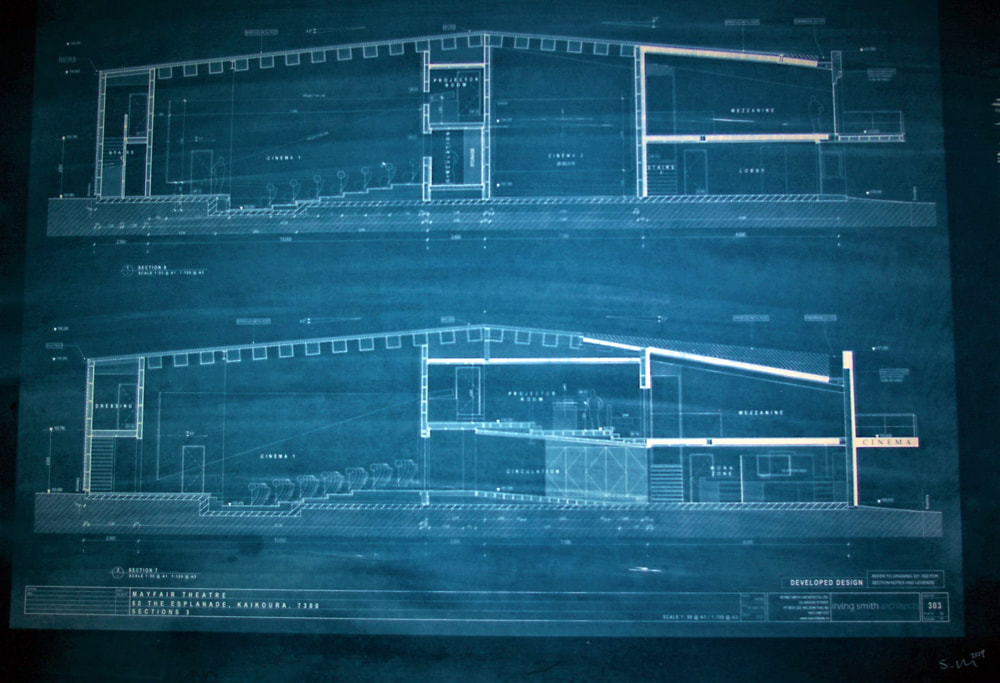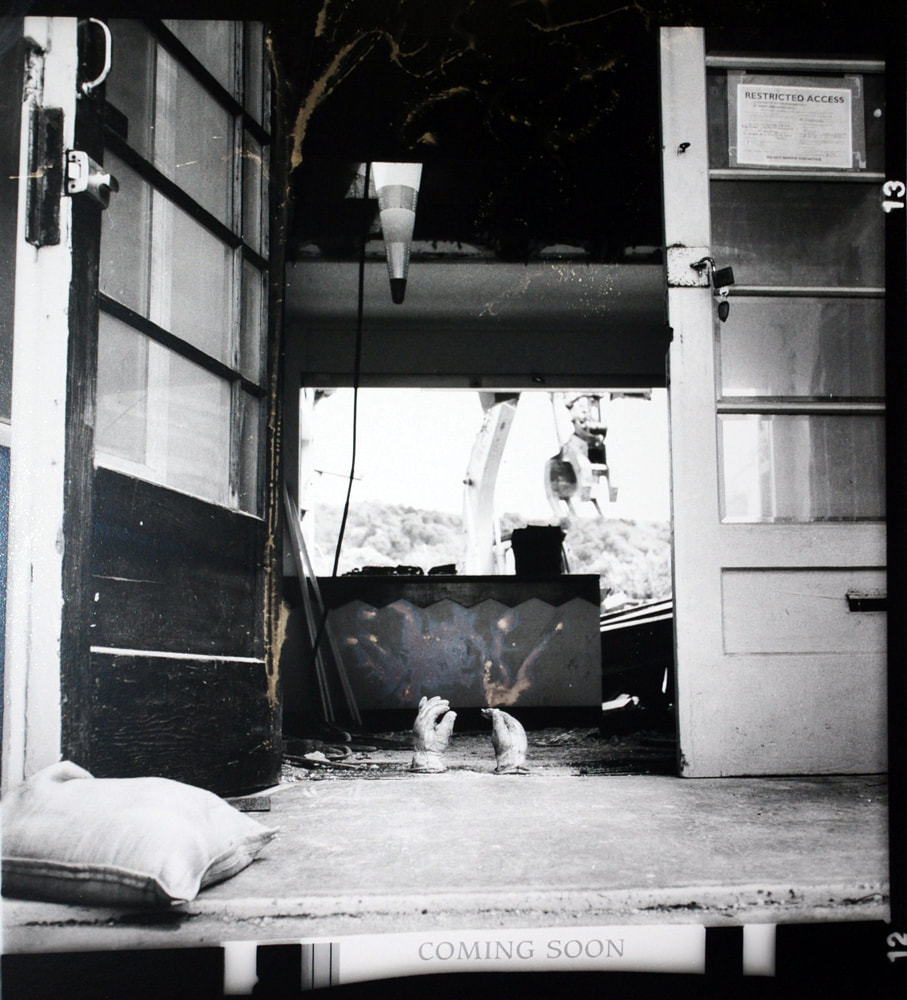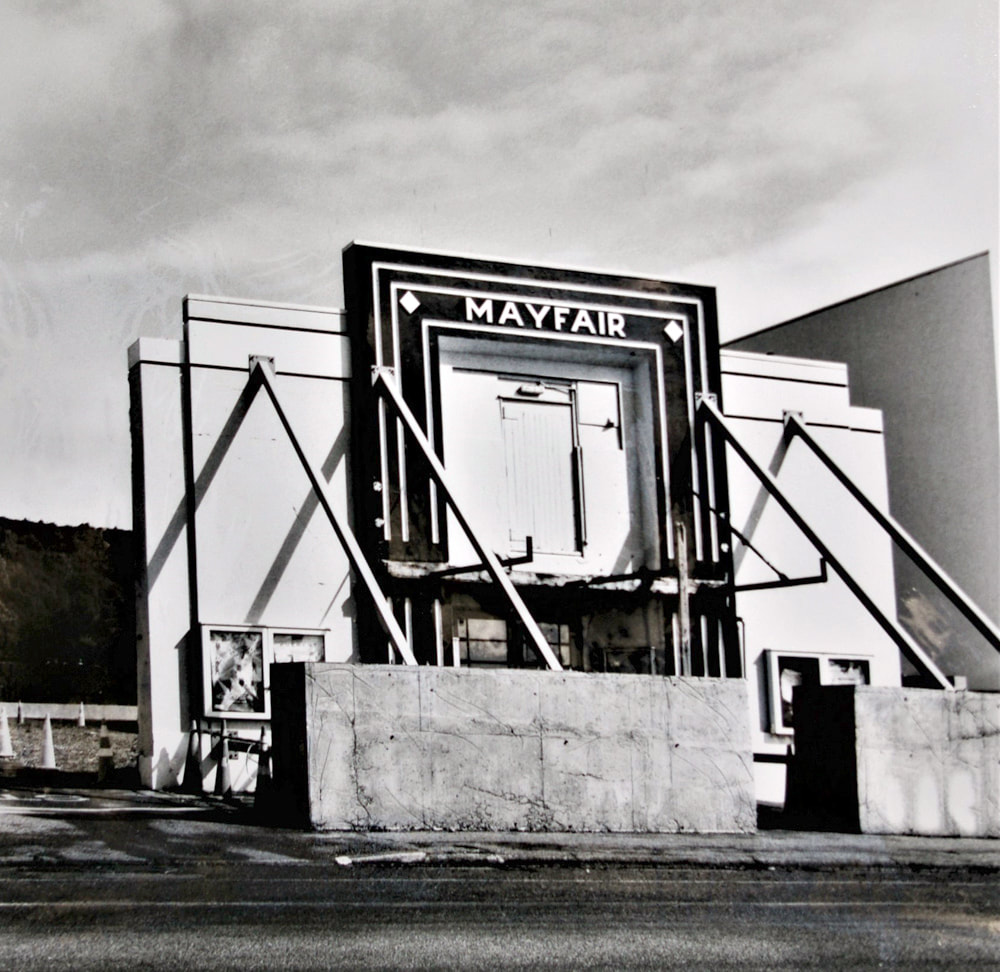|
‘The true measure of any society can be found in how it treats its most vulnerable members’
- Mahatma Gandhi The Downtown Community Ministry (DCM) has been working in the city of Wellington since 1969 to “focus on the needs of, and to help empower, those marginalised in the city” (quotation from DCM official constitution). In 2019 DCM will celebrate 50 years of working with the most marginalised people in Wellington. DCM has also adopted the by-line “Together we can end homelessness in Wellington” and to mark their 50 year milestone, the exhibition together we can end homelessness in Wellington will be a curated selection of 50 images by different photographers of what “together we can end homelessness in Wellington” looks like. The exhibition is designed to shine a light on the issue of homelessness and the responses of DCM and its numerous supporters and stakeholders. Too often mainstream media coverage around the issue of homelessness concentrates on those who are sleeping in the streets and begging in doorways. While this highlights some people’s experience of homelessness, it doesn’t identify or offer solutions or support to resolve the needs of some of the most vulnerable members of our society, neither does it offer suggestions to concerned New Zealanders as to how they might respond to homelessness. The exhibition will be positive and aspirational in nature and will include but is not limited to documenting the contributions including the annual DCM Book fair, community and professional groups who contribute food, expertise and volunteer their time to DCM as well as of people who have experienced homelessness and now have an opportunity to support others. 50 photographers with wide-ranging backgrounds and expertise will each contribute one photograph to mark each year of DCM’s community contribution. The photographers include academics, professional and artists. The exhibition selection will be curated by Senior Lecturer and Photographer Helen Mitchell from Massey University, Photographer and Educator John Williams, Photographer and Curator James Gilberd, and Michelle Scott from DCM. The photographers who contributed to this exhibition are: Helen Mitchell, James Gilberd, John Williams, Chris Coad, Mary Hutchinson, Craig Thomson, Catherine Cattanach, Gabrielle McKone, Dean Zillwood, Daniel Mooney, Jessica O’Brien, Emma Robinson, Mark Beehre, Antony Kitchener, Chris Bing, Pat Shepherd, Tam Webster. 'Together we can end homelessness in Wellington' runs from Friday 13th to Saturday 28th September, 2019, at Photospace Gallery. Hours are 10am-4pm Monday-Friday, 11am-4pm Saturdays. Closed Sundays and public holidays. For further information, please contact James Gilberd at Photospace Gallery, 37 Courtenay Place, Wellington - (04) 382 9502 after 10am, 027 444 3899, [email protected] Exhibition info on the DCM site. Article in Dominion Post 'Capital Day' 16th Sept 2019
0 Comments
'Photo-encaustics' - Kevin Miles' artist statement and info. Graduating with BA (hons) in Film, I later worked in film and television and as a freelance photographer for several years in London and Rome. Then in 2003, I completed Art and Design teacher training (PGCE) at Goldsmiths College, London and I worked as a secondary school art teacher, also in London; developing my own practice at the Prince’s Drawing School in the printmaking studio and painting courses. Then in 2009, I moved to New Zealand and lived in Otautau, a small town in Western Southland. From January 2010, I was the photography tutor on the film and photography/visual arts Bachelor’s Degrees at the Southern Institute of Technology, Invercargill. In February 2016, I completed a Master’s Degree in Fine Art (photography) at Otago Polytechnic. In early 2018, I moved to Wellington to begin a practice-based PhD in Fine Arts, at Massey University in Wellington. My PhD research aims to explore photography’s materiality as a medium of representation, to extend theories and notions around photographic ‘object-hood’. Its focus is on our current understanding of the photographic image-as-object within contemporary art practice. This research takes a particular interest in the material of photography, not just visually but as a process or principle of practice. My research aims to explore a ‘new materialist turn’ in photography to reflect upon analogue processes, but also go beyond some of its limitations through processes of transmutation. This year I became interested in the painting technique of encaustic, originating over 2000 years ago in ancient Greece, and used by the Roman-Egyptians of the 1st Century, in funeral portraits. This process combines natural beeswax, resin, pigment and heat to fuse together translucent layers. Encaustic means literally to ‘burn in’. Malaysian dammar resin and beeswax are melted together, to give the wax strength. Traditionally, this painting medium is regarded as a method of ‘suspending light and pigment’, similar to under-painting in oils. The encaustic medium became all but obsolete until the mid-twentieth century saw resurgence with artists such as Jasper Johns who exploited its translucency, texture, and mixed media/collage capabilities to produce Flag (1954). More recently it has been used as a versatile cross-disciplinary medium. In this body of work, chemigram derived images have been re-produced on semi-translucent Japanese rice paper and fused between layers of translucent encaustic and pigment. The resulting mixed-media works have an origin in photographic phenomena but yet are far removed from that original format. The original film chemigrams are also exhibited on the light-boxes and demonstrate the degree of transmutation within this practice.
|
AuthorPhotography Matters II Categories |












 RSS Feed
RSS Feed
